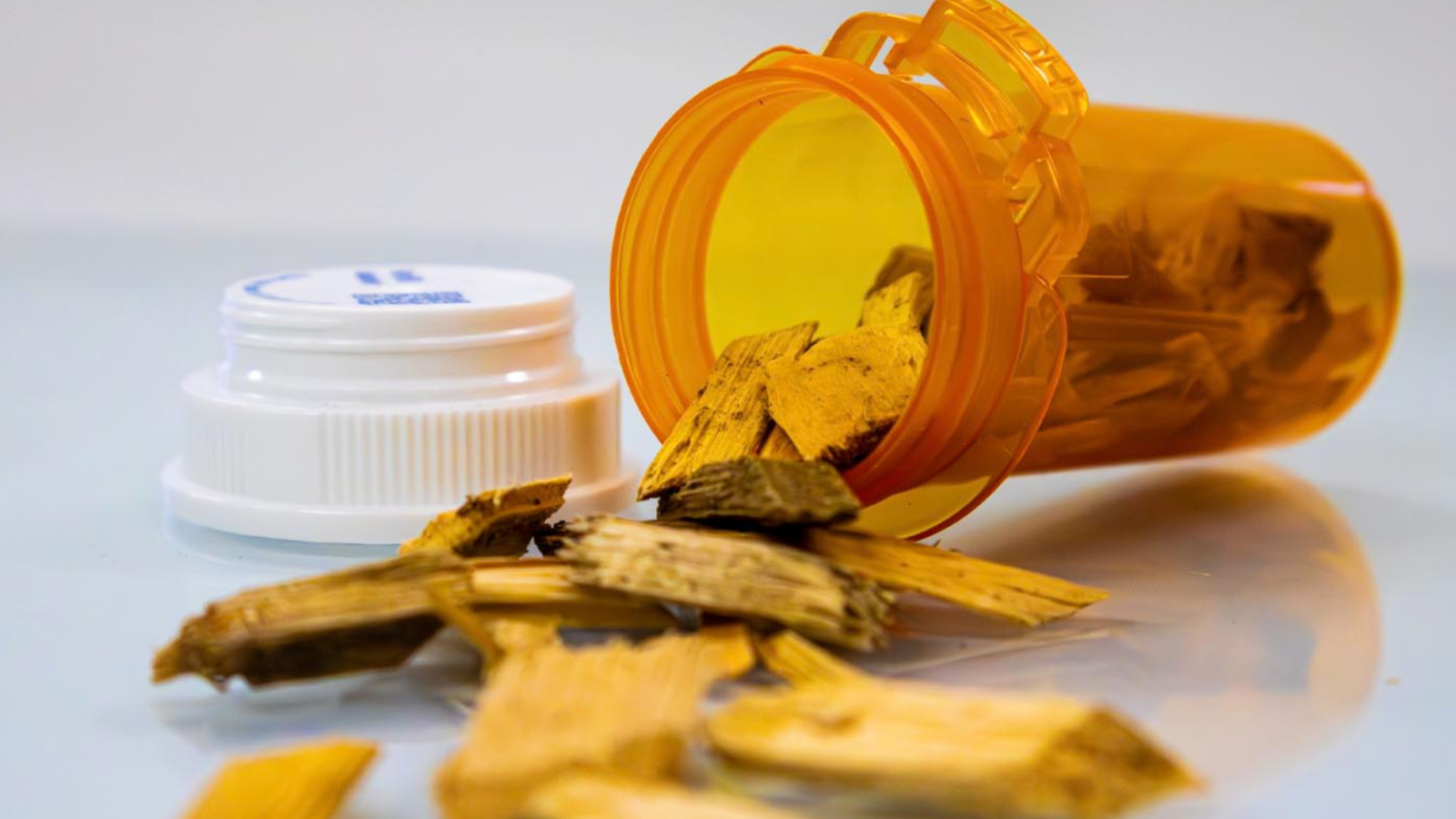By Hannah Millington
Copyright newsweek

A new sustainable method to produce pharmaceuticals could help to lower prescription drug costs in the U.S.This chemical discovery by the University of Maine, the USDA Forest Products Laboratory and the University of Wisconsin could help to address one of the main factors driving high prices for medications like cholesterol-lowering drugs and antibiotics—the cost of production.Among some of the most expensive pharmaceuticals are those that require a chiral center, the authors explained.Chirality is a property in which a molecule cannot be superimposed with its mirror image, like right and left hands.Chirality can direct a drug’s biological effects including efficacy, side effects and metabolization. The price of chiral drugs comes largely from the “building blocks” used during the creation process, which have a high cost to produce due to complex reaction and purification pathways.The researchers have now explored a new, cost-reducing pathway to produce one of these crucial building blocks—called (S)-3-hydroxy-γ-butyrolactone (HBL)—from glucose at high concentrations and with a high conversion rate.”Ours is not the first process to make HBL starting from renewable sugars, but we think it is one of the simplest processes that have been discovered so far,” authors Thomas Schwartz of Maine’s Forest Bioproducts Research Institute (FBRI) and Philip Kersten of USDA told Newsweek.”Our method combines both a biochemical process that uses only two enzymes and a chemical process that uses low-cost, simple acids and bases.”HBL is a chiral species used for the synthesis of an array of crucial drugs such as statins, antibiotics and HIV inhibitors, the team explained.Glucose can be derived from any lignocellulosic feedstock like wood chips, sawdust, tree branches or other woody biomass.”Initial economic analysis suggests our process can be used to produce HBL much less expensively than the current process, which opens the door to producing new consumer products as well as more affordable pharmaceuticals,” Schwartz and Kersten explained.The biomass sugars used as a feedstock means it should be much more sustainable than the current fossil-based process.”If we use other kinds of wood sugars, like xylose that is an unneeded byproduct from making pulp and paper, we expect that we could produce new chemicals and building blocks, like green cleaning products or new renewable, recyclable plastics,” Schwartz said in a statement.As well as its use as a chiral species, HBL has been identified as a highly valuable precursor to a variety of chemicals and plastics by the U.S. Department of Energy.Previous attempts to produce HBL sustainably achieved only limited success due to safety issues, ineffectiveness or a lack of cost-efficiency, according to the study team.”The competing processes either lead to low yields, use hazardous starting materials or are just generally costly because of the chosen production scheme and low output,” said Schwartz. “The commercial process is expensive because you have to add the chiral center to the molecule, which doesn’t occur naturally with most petrochemicals.”The new process, the researchers have claimed, not only results in significantly reduced greenhouse gas emissions, but the production costs are also reduced by more than 60 percent compared to current methods that use petroleum-derived feedstocks.The method can also produce other commercially important chemicals like glycolic acid (GA), which presents additional economic opportunities.”The next steps are to work on scaling up the process, which will reveal where bottlenecks are and eventually could lead to commercial production,” said Schwartz and Kersten.Do you have a tip on a health story that Newsweek should be covering? Do you have a question about drug costs? Let us know via health@newsweek.com.ReferenceWaters, J. O. P., Jamalzade, E., Abdulrazzaq, H. T., Kuch, N., Gunukula, S. R., Dumesic, J. A., Kersten, P. J., & Schwartz, T. J. (2025). Production of biorenewable, enantiopure (S)-3-hydroxy-γ-butyrolactone for pharmaceutical applications. Chem. https://doi.org/10.1016/j.chempr.2025.102665



